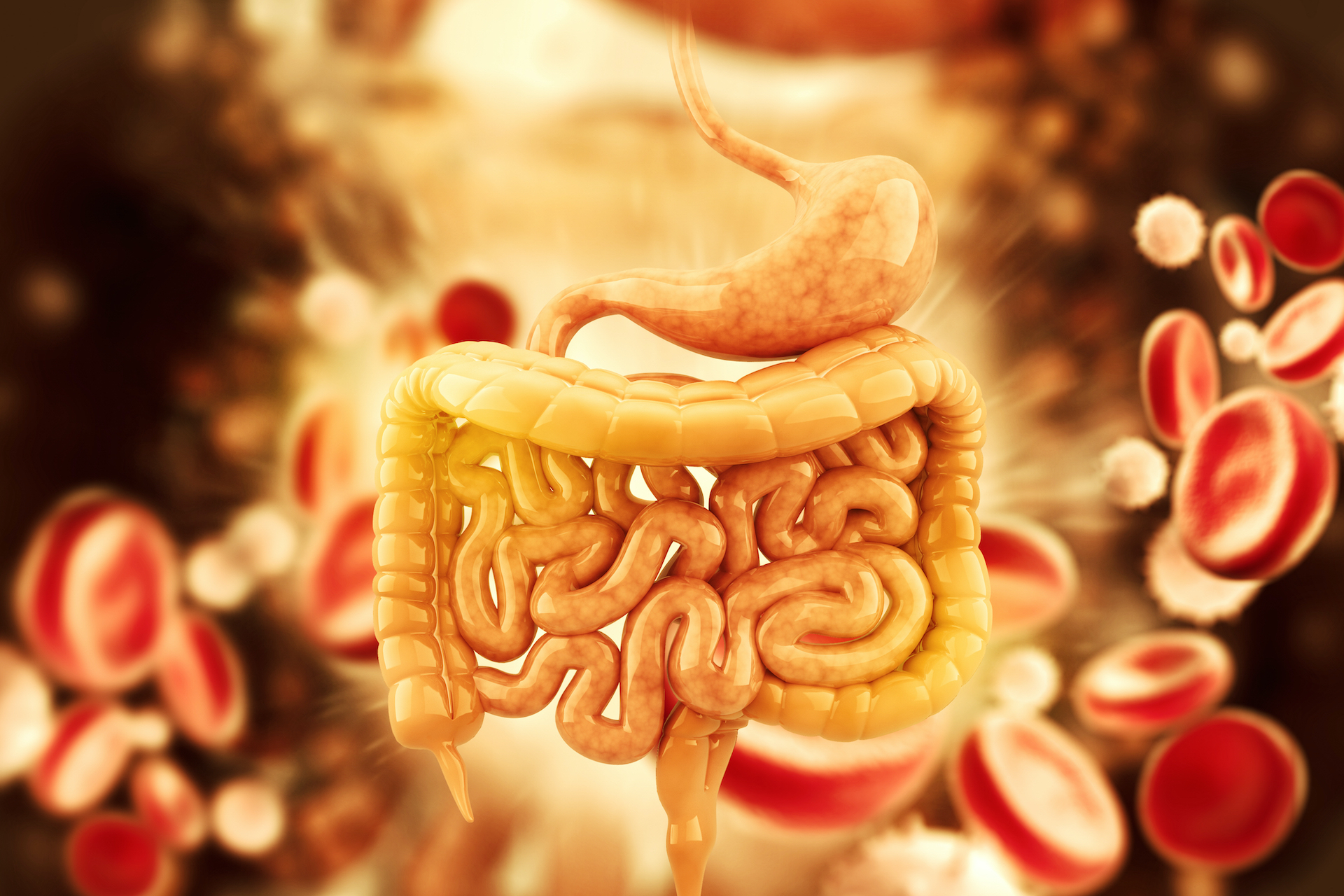Novel drug delivery systems are designed to enhance the therapeutic activity of drugs. Delivery of drugs at the target site in optimum quantity is important to achieve maximum therapeutic activity with reduced systemic side effects. Drug absorption from conventional sustained release dosage forms is often limited by short gastric retention time and gastric motility. This is specially a problem for drugs with narrow absorption window, drugs that act locally in a part of the gastrointestinal tract and are needed to be absorbed or retained in the GIT to maximise their activity. Gastro–retentive drug delivery systems (GRDDSs) are an advanced novel drug-delivery system, that greatly help overcome these challenges.
Floating drug delivery systems (FDDSs) are one of the most popular approaches of GRDDs. The FDDSs have been developed based on the principle of buoyancy to effectively design sustained drug delivery systems and improve the overall oral bioavailability of drugs. They are low density systems, characterised by their ability to float above the gastric fluid and remain buoyant in the stomach for a prolonged period. However, floating delivery systems administered in a single unit form have proved to be unreliable in prolonging the gastric retention time due to their erratic emptying process where the entire drug may be released at once or not be released at all. This introduces a high degree of variability in bioavailability and may cause a large amount of drug to be delivered at particular sites of the GIT. In contrast, multi–particulate forms have the ability to pass uniformly through the GIT, demonstrating a reliable release and reducing the inter-subject variability in absorption and risk of local irritation.
Floating multi-particulate system basically exist as non-effervescent and effervescent gastro-retentive drug delivery systems. Effervescent floating dosage forms are matrix systems formulated using swellable polymers like hypromellose, methyl cellulose and using effervescence forming compounds like sodium carbonate and tartaric or citric acid, which on coming in contact with gastric contents release carbon dioxide and swell into hydrocolloid type buoyant structures. Non-effervescent floating dosage forms are prepared using a gel forming or swellable cellulose type of hydrocolloids and matrix forming polymers like polymethacrylate, polystyrene, and polycarbonates. On contact with gastric fluids, these dosage forms swell and attain bulk density less than 1 due to the air entrapped into the swollen gel like structure. Floating micro beads (acrylic resin based) hollow microspheres (micro balloons), low density floating micro pellets are the different types of floating multiparticulate oral sustained release drug delivery systems.
Besides prolonging the gastric retention and improving the bioavailability of drugs, these multi particulate systems also help reduce the risk of toxicity by avoiding the possibility dose dumping, demonstrate greater dispersion throughout the GI tract, minimise chances of irritation in the gastric mucosa, decrease dosing frequency, improve patient compliance and can help achieve better therapeutic effect of drugs that have short half-life.
Floating microparticles can greatly benefit in the eradication of Helicobacter pylori from the sub-mucosal tissue in the treatment of gastritis and ulcers of stomach and duodenum by producing a prolonged local action on to the gastrodudonal wall. These novel delivery systems can be used for the management of duodenal and gastric cancers. The therapeutic activity of drugs with narrow absorption window like penicillins, aminoglycosides sulphonamides, tetracyclines, quinolones and cephalosporins which are absorbed only from specific parts of GIT can also be enhanced by formulating into floating multi particles.
With the potential to enhance the bioavailability of drugs by prolonging their gastric retention, floating gastro retentive multi particulate dosage forms are a promising and optimum system for improving drug delivery in the gastric cavity.
References
-
Dhole, A. R., Gaikwad, P. D., Bankar, V. H., & Pawar, S. P. (2011). A Review on floating multiparticulate drug delivery system-A novel approach to gastric retention. Int J Pharm Sci Rev Res, 2, 205-11.
-
Arora, S., Ali, J., Ahuja, A., Khar, R. K., & Baboota, S. (2005). Floating drug delivery systems: a review. Aaps PharmSciTech, 6(3), E372-E390.
-
Bhardwaj, P., Chaurasia, H., Chaurasia, D., Prajapati, S. K., & Singh, S. (2010). Formulation and in-vitro evaluation of floating microballoons of indomethacin. Acta Pol. Pharm, 67(3), 291-298.
-
Muthusamy, K., Govindarazan, G., & Ravi, T. K. (2005). Preparation and evaluation of lansoprazole floating micropellets. Indian journal of pharmaceutical sciences, 67(1), 75-79.
-
Fell, J. T., Whitehead, L., & Collett, J. H. (2000). Prolonged gastric retention: using floating dosage forms. Pharmaceutical technology, 24(3), 82-90.

